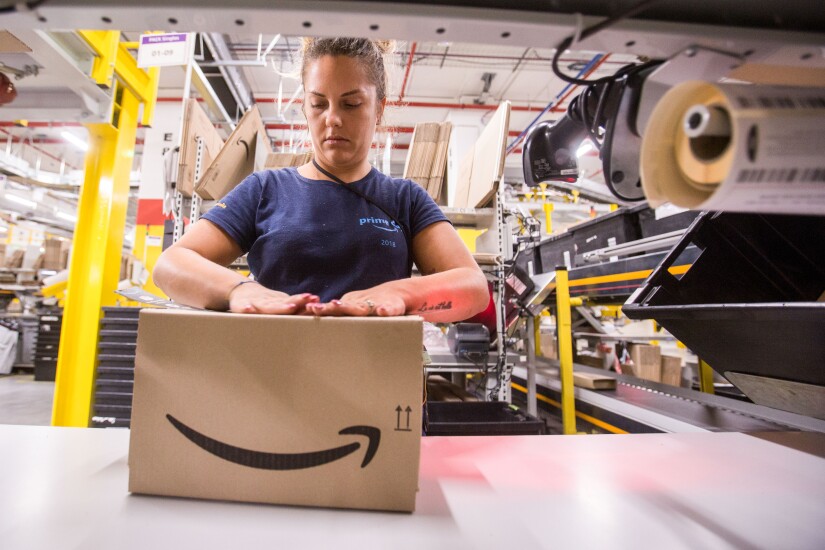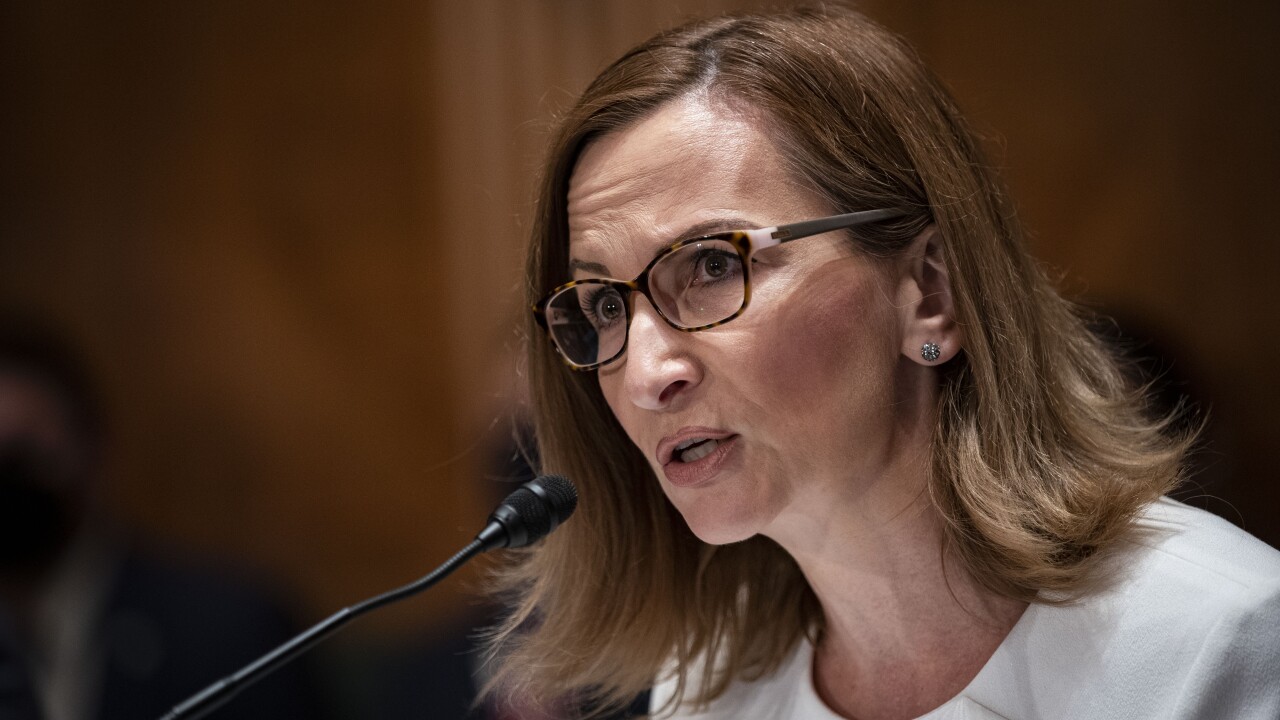As

As banks prepare to issue stablecoins, they get ready to join a crowded existing market of fintechs and other nonbanks that are already active, and in some cases have been for years.
The progress of the GENIUS Act has spurred
"We can't think of anything else that's generated a comparable amount of investor interest in such a short period of time in our nearly seven years covering payments," Jeffries analysts said in a research note.
While the bank stablecoin market has yet to emerge, here are a few of nonbanks that have existing stablecoins or are planning to create one.














